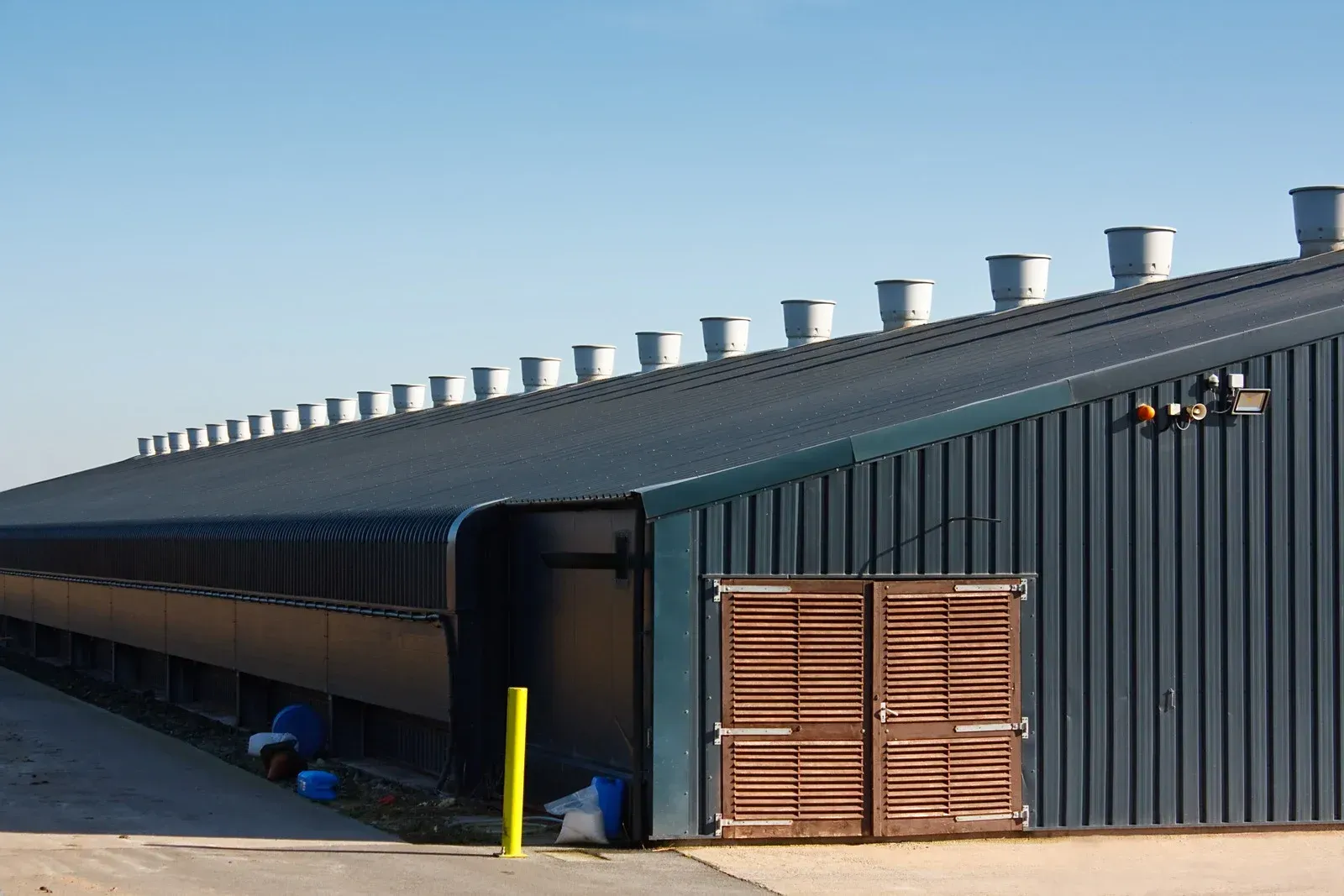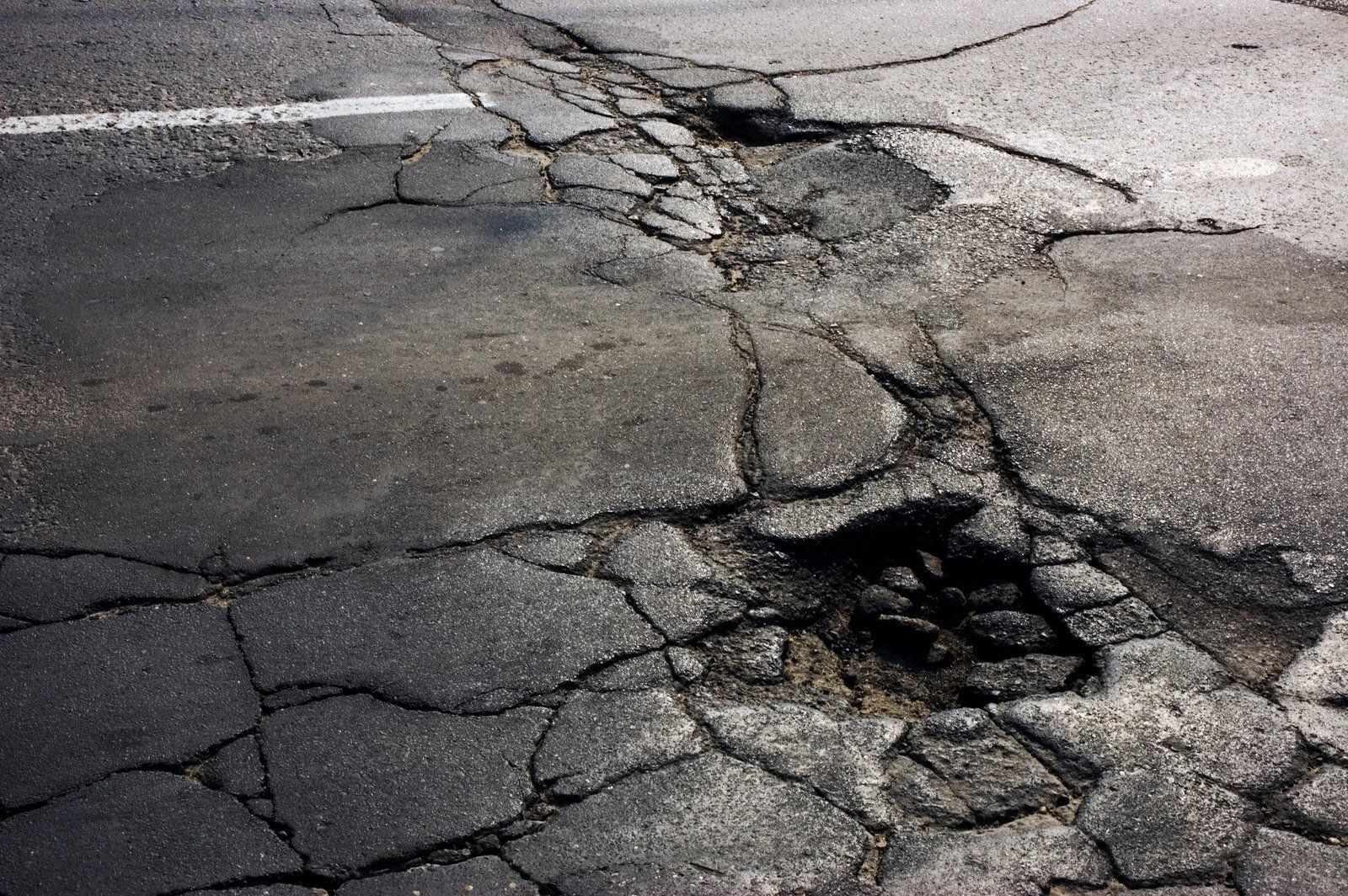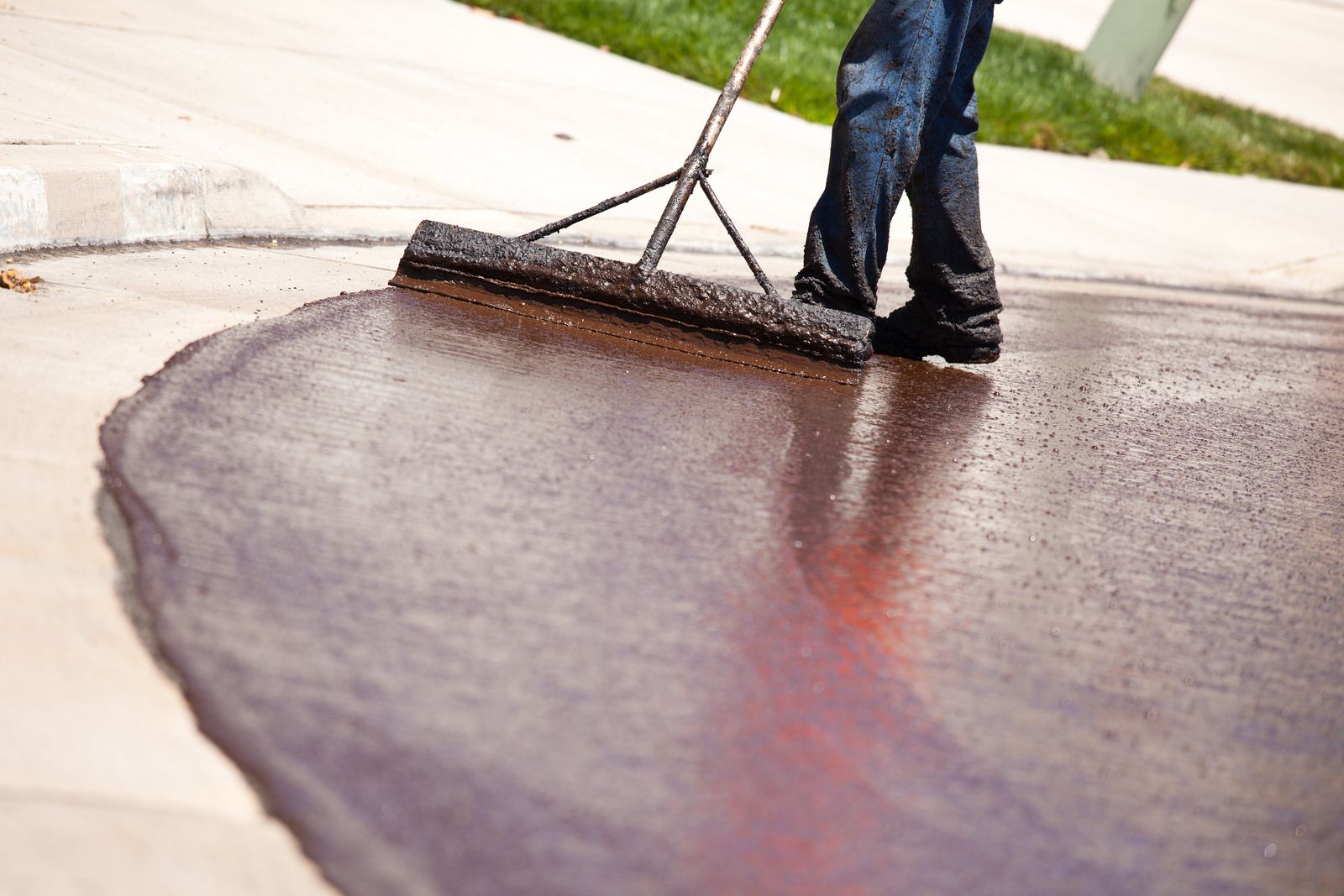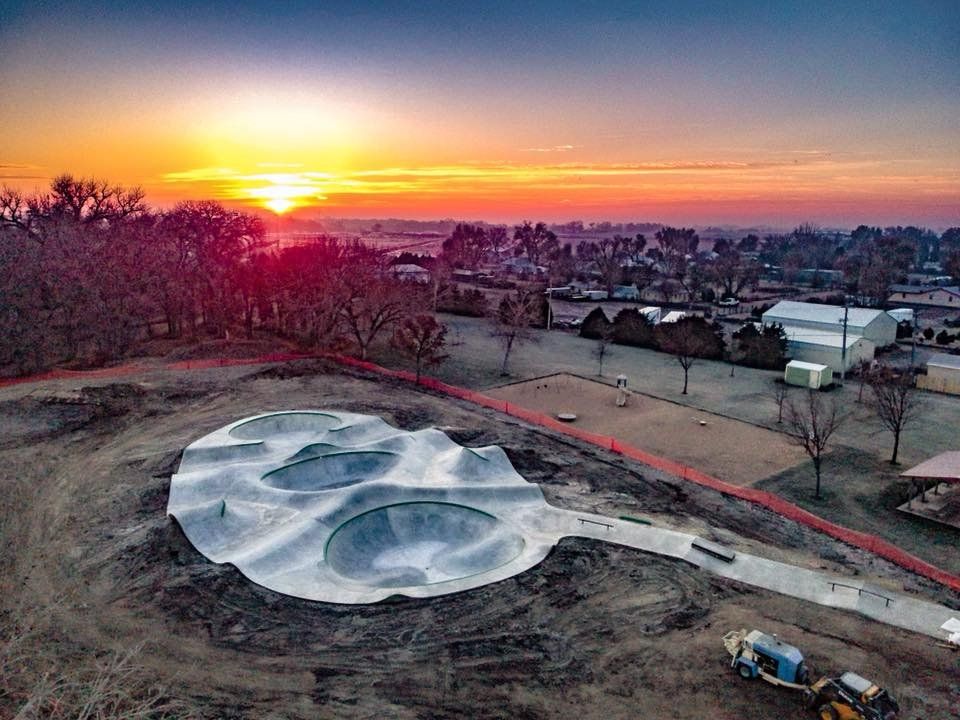5 Parts Of A Home Frequently Damaged By Hail
Many homeowners overlook the destruction that hail can wreak on a home. Such people assume that the worst they can expect is some loose, damaged, or missing shingles. While severe hail will certainly take its toll on your roof, many other parts of your home may experience damage as well.
Smart homeowners know where to look following a hail storm. A failure to accurately assess your hail damage can put your home at risk in any number of ways. If you would like to improve your knowledge of the sorts of residential damage caused by hail, read on. This article will outline five key features of a home at risk of hail damage.
1. Vinyl Siding
More and more homeowners choose to protect the exterior walls of their home with vinyl siding, swayed by the economical and durable nature of this material. Yet when it comes to a serious hail storm, even vinyl siding may take a beating, especially for the sides of your home exposed to the brunt of the wind's force.
If the hail coming down has a large enough diameter, the force of impact may chip or crack your vinyl siding. If not attended to quickly, this will allow water to access the vulnerable areas behind your siding. Fortunately, an experienced repair contractor can usually remove and replace damage strips of siding using a zip tool.
2. Gutters
After the roof, perhaps the second most frequently damaged feature of a home are the gutters. Aluminum gutters stand the greatest chance of damage, thanks to their relatively thin and pliable nature. Hail often causes gutters to become bent and dented, stripping paint and protective coatings off in the process.
Hail may also open up cracks in gutters that were already weakened by age or corrosion. Such cracks tend to form at the seams where separate sections of gutter piping attach together. Such gutter damage must be dealt with swiftly to prevent water leaking out in vulnerable places. Such leaks can lead to a plethora of problems, from foundation damage to leaking basements to exterior wood rot.
3. HVAC Equipment
Hail falling into the yard around your home can easily damage outdoor HVAC equipment such as air conditioning compressors and condensers. A variety of different air conditioning components can be damaged by hail.
These include any and all of the following:
- Fan motor
- Electrical lines
- Copper refrigerant lines
Homeowners won't always be able to spot the signs that hail has damaged such components. For that reason, be sure to contact a professional repair contractor to perform a thorough inspection.
4. Decks
Hail can wreak havoc on backyard decks in a number of ways. Extremely large hail can actually chip and splinter wood, leaving jagged edges. Lighter hail also poses a serious threat since even a little pressure can damage a deck stain. Hail will quickly strip protective coatings from a deck, leaving wood under-protected against the elements.
5. Stucco Siding
Homes with exterior stucco siding frequently suffer at the hands of hail. Yet homeowners often fail to notice such damage, thanks to the naturally rough and stubbly nature of stucco. Damaged stucco can reveal at-risk structural elements below it. As a result, stucco damage often leads to wood rot, mold growth, and other destructive issues.
As a homeowner, you must be proactive about having your property thoroughly inspected for signs of hail damage. Those who take a lackadaisical approach to hail damage often find themselves facing much more serious repair efforts down the line. For more information on dealing with hail damage the right way, contact the restoration professionals at
Colorado Western Construction.




